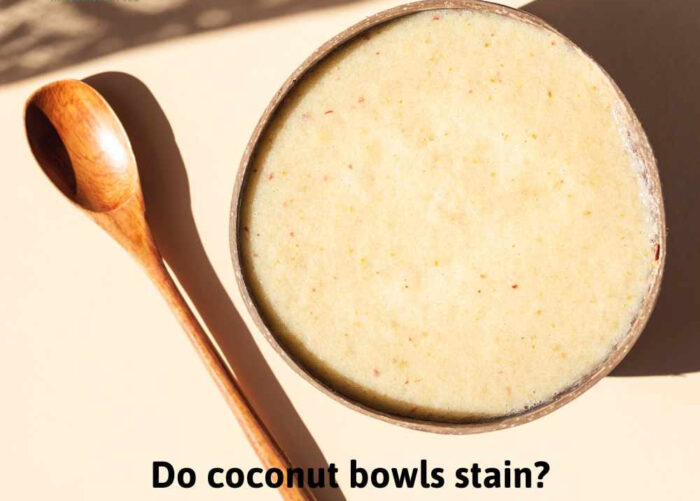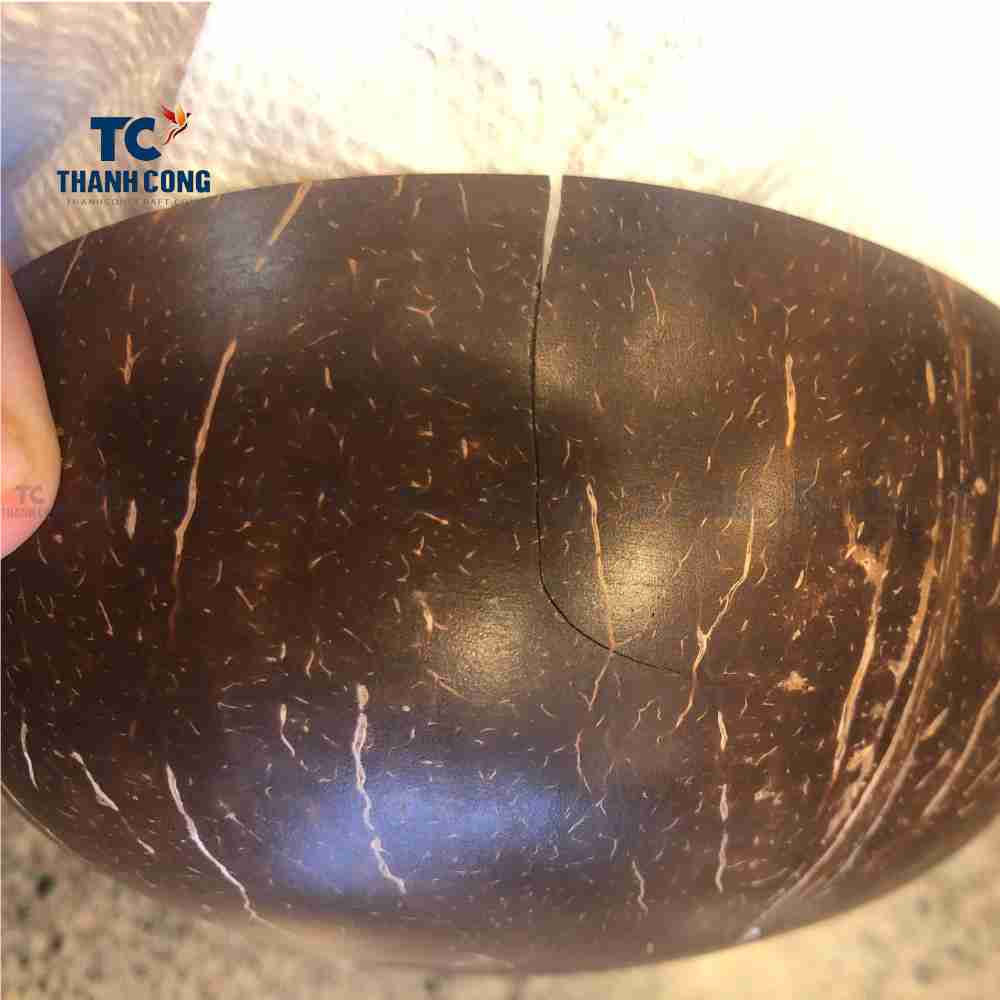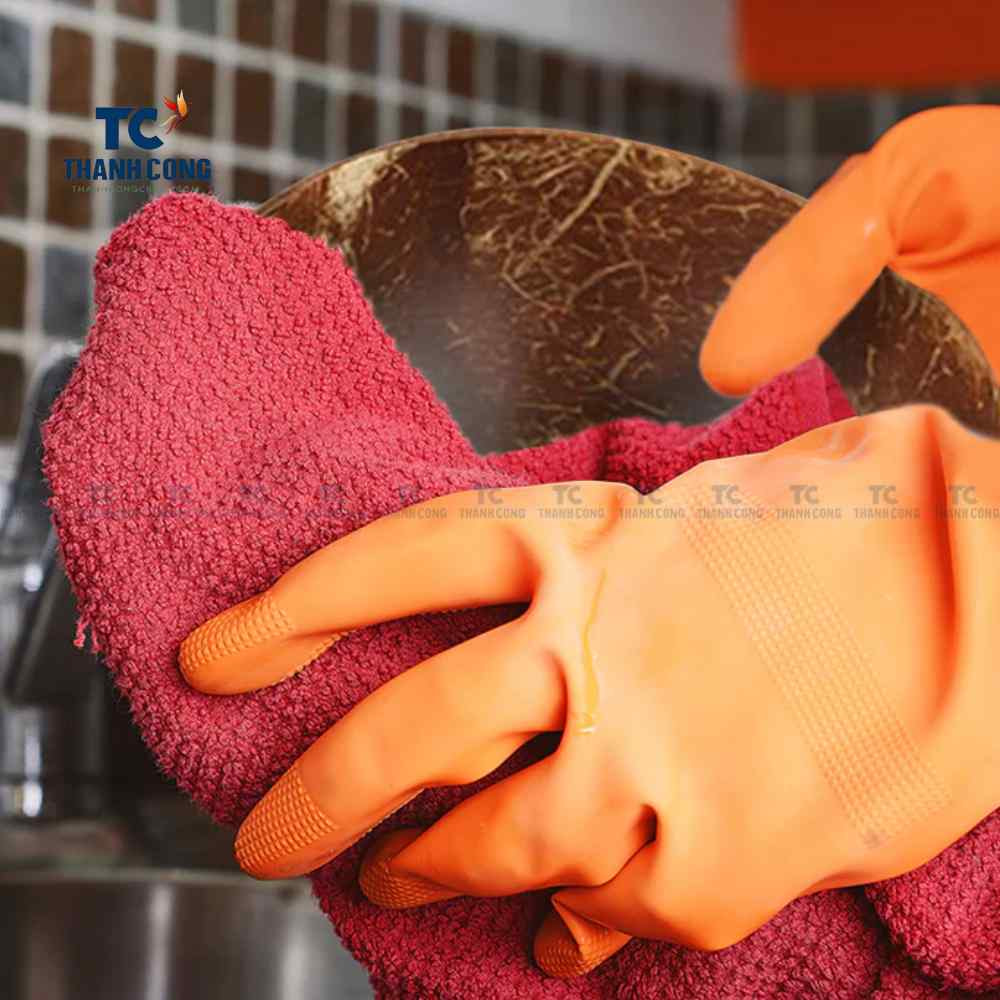When we need to buy and use natural products such as coconut bowls, we always have questions about whether they are durable and how to preserve them so they do not spoil. Do coconut bowls stain? How do you clean a coconut bowl or coconut cup? Let’s find out the answer right away in this article!
Contents [hide]
Do coconut bowls stain?
Yes, coconut bowls can stain if they come in contact with certain foods or liquids, especially those with solid colors or pigments such as turmeric, beetroot, or tomato-based sauces. The natural porous texture of the coconut shell can absorb the color of these foods or liquids, resulting in stains that may be difficult to remove.
To minimize the risk of staining, it’s best to avoid using coconut bowls for highly pigmented foods or liquids. If you notice a stain on your coconut bowl, gently scrub it with baking soda and water or a mixture of lemon juice and salt. However, it’s important to note that some stains may be permanent, especially if left untreated for a long time.

Check out our products: https://thanhcongcraft.com/product-category/coconut-bowl-wholesale/
Why do coconut bowls crack?
Coconut bowls may crack due to various reasons, including:
- Temperature changes: Sudden changes can cause the coconut shell to expand or contract, leading to cracks. For example, if you put a hot dish in a cold coconut bowl, the temperature difference can cause the bowl to crack.
- Improper handling: Dropping or mishandling the coconut bowl can also cause cracks.
- Age and wear: Over time, coconut bowls may become dry and brittle, making them more susceptible to cracking.
- Moisture content: Coconut bowls that are not adequately dried or stored in a humid environment may develop cracks due to the moisture content.
- Quality of the coconut shell: The quality of the coconut shell used to make the bowl can also affect its durability. Poor-quality shells may be more prone to cracking than high-quality ones.
To prevent coconut bowls from cracking, handle them carefully, avoid exposure to extreme temperatures, and store them in a dry, cool place. Additionally, it’s best to choose high-quality coconut bowls that are properly dried and cured to reduce the risk of cracking.

Can coconut bowls be washed?
Yes, coconut bowls can be washed. It is essential to wash them properly to maintain their cleanliness and hygiene.
To wash a coconut bowl, remove any leftover food or residue from the bowl. You can gently use a spoon or scraper to scrape off any food particles. Then, wash the bowl in warm soapy water, using a gentle sponge or cloth to scrub the inside and outside of the bowl.
After washing, rinse the bowl thoroughly with clean water and let it air dry. You can also wipe it dry with a clean cloth. Avoid using a dishwasher or microwave to clean or heat coconut bowls, which may damage them.
It’s important to note that coconut bowls are a natural product so they may vary in size, shape, and color, and some may have minor imperfections. However, these variations do not affect their functionality or usability.
How do you clean a coconut bowl or coconut cup?
To wash a coconut bowl, you can follow these simple steps:
- Scrape out any remaining food or residue using a spoon or spatula.
- Rinse the bowl with lukewarm water to remove any loose particles.
- Mix a small amount of mild dish soap with lukewarm water.
- Use a soft-bristled brush or sponge to scrub the bowl, gently cleaning the inside and outside.
- Rinse the bowl thoroughly with lukewarm water to remove any soap residue.
- Wipe the bowl dry with a clean cloth or towel.
- Leave the bowl to air dry altogether before storing it.

It’s important to avoid using hot water or harsh chemicals to clean the coconut bowl, as this can damage the natural material. Additionally, it’s best to avoid leaving the bowl submerged in water for extended periods to prevent moisture from seeping into the bowl and causing it to crack or deteriorate over time.
If you have any questions, please contact thanhcongcraft via email info@thanhcongcraft.com or WhatsApp: +84967485411. Hope to serve you soon!


